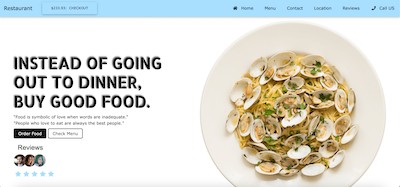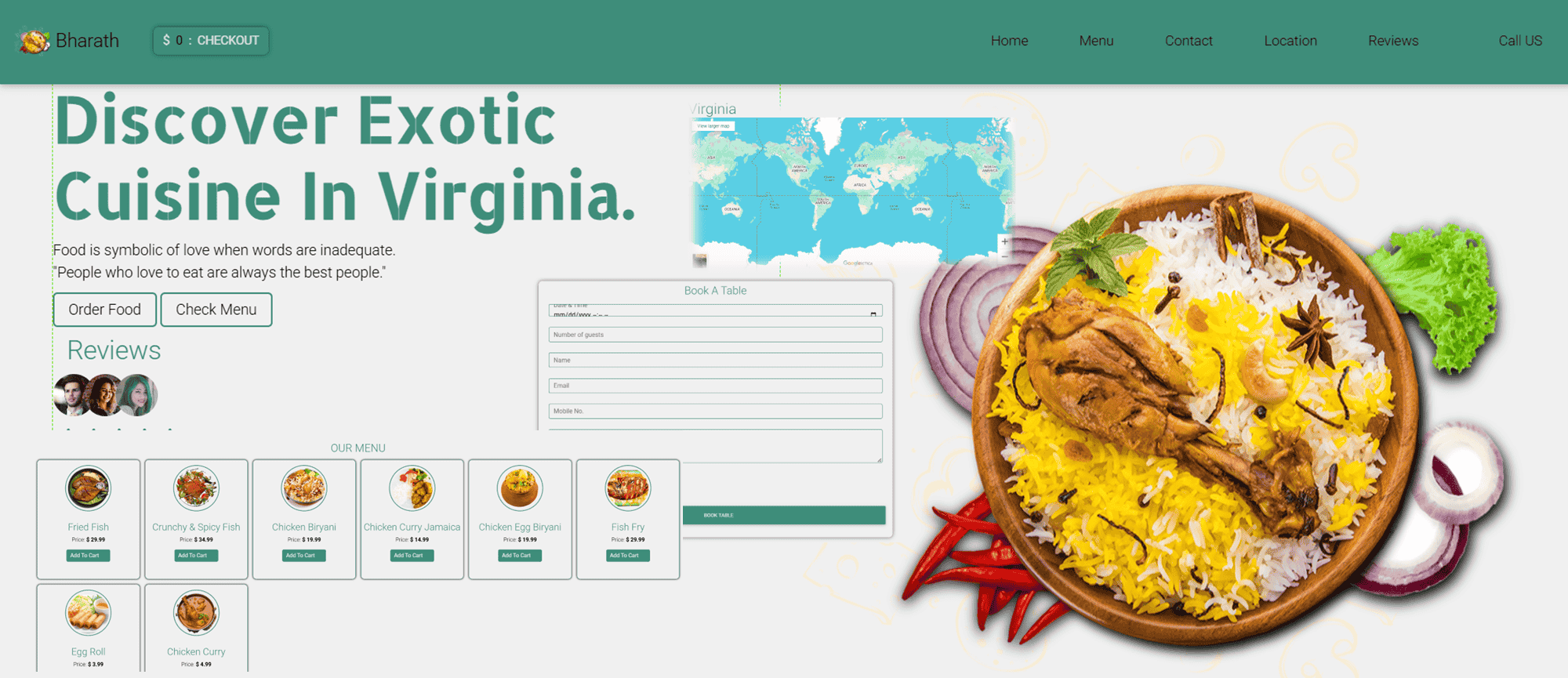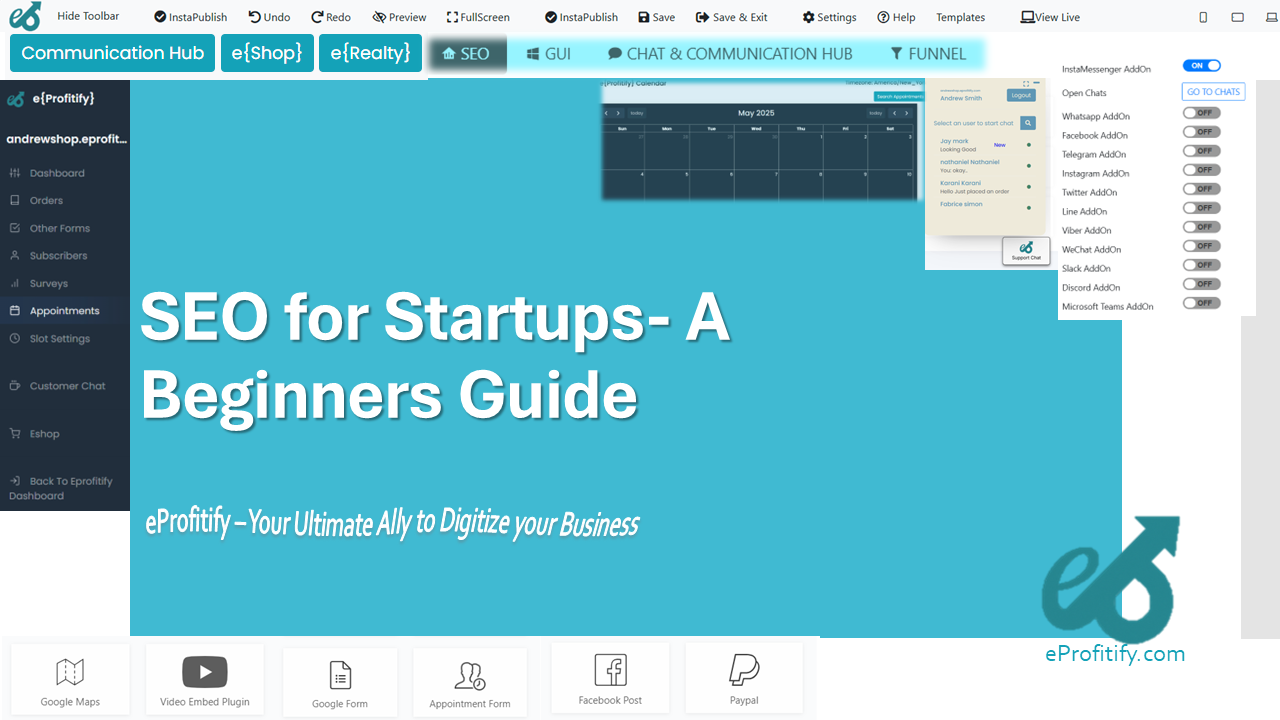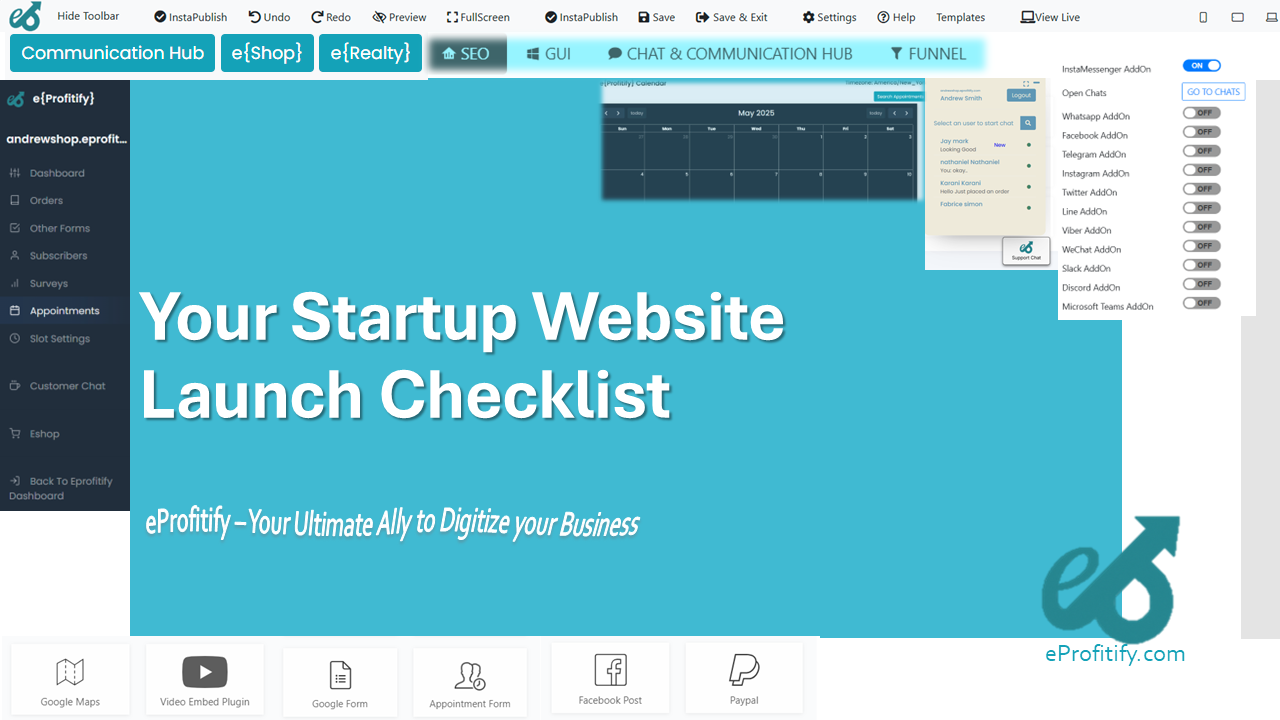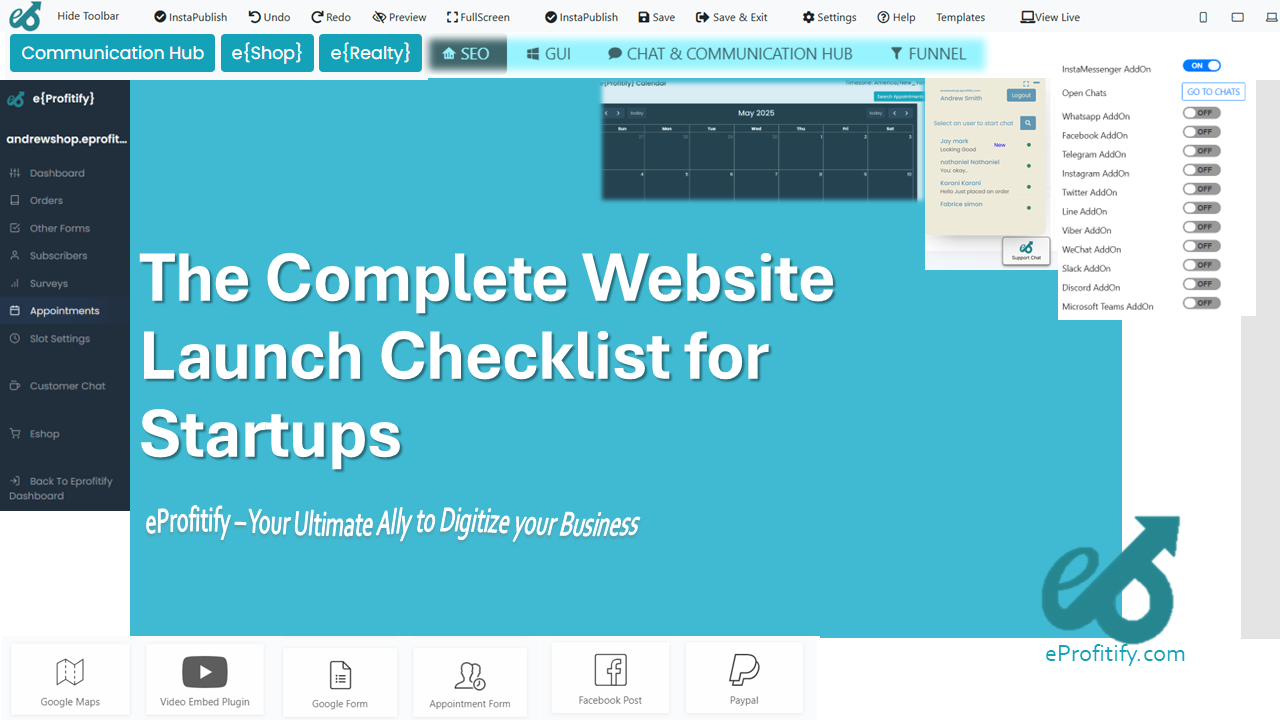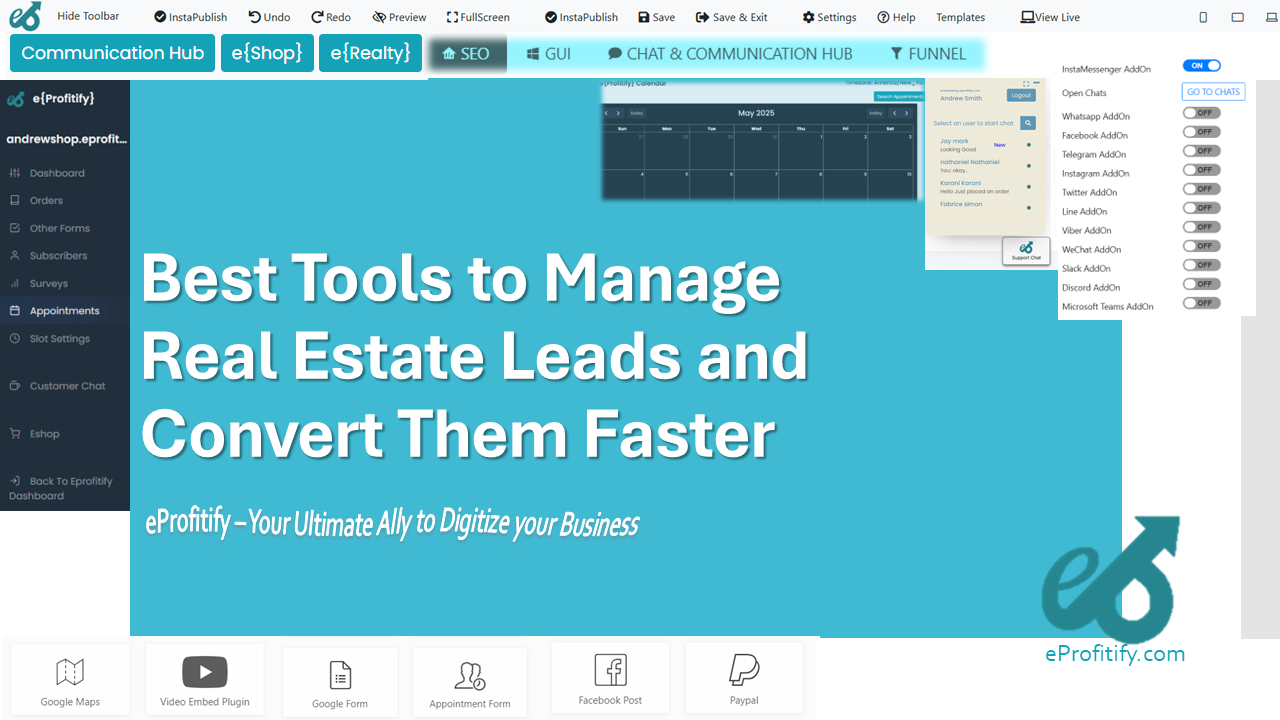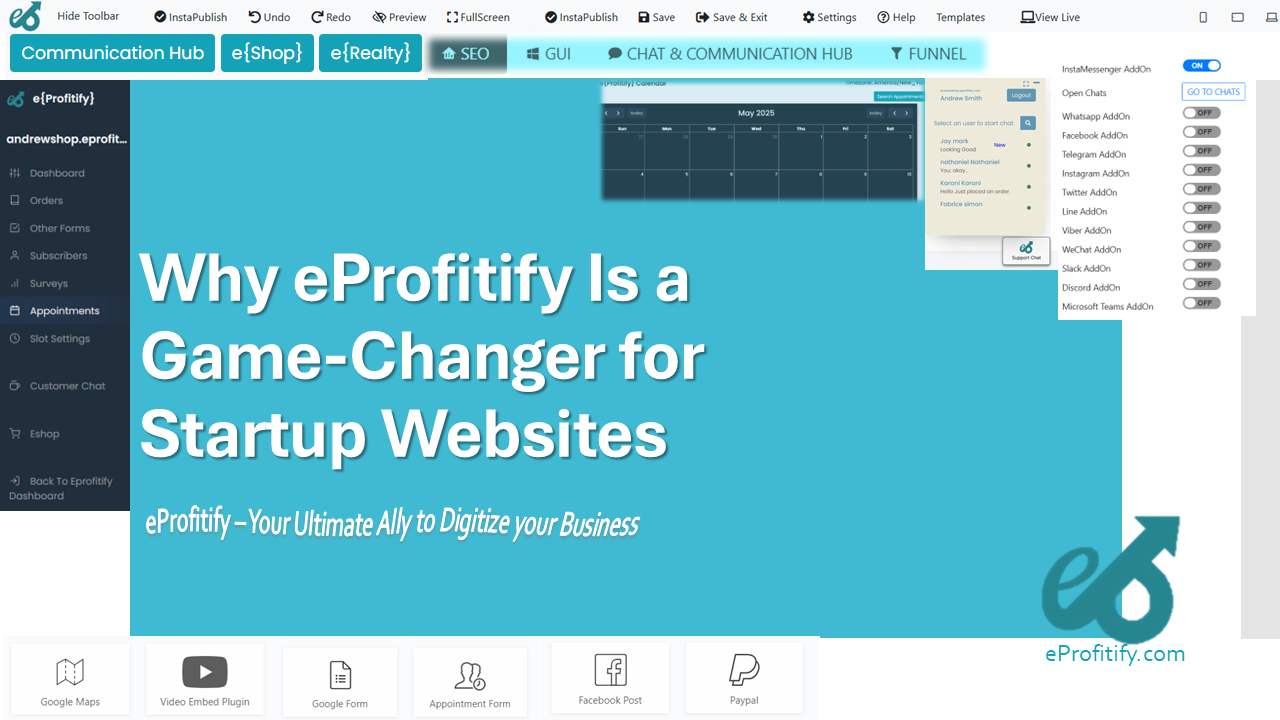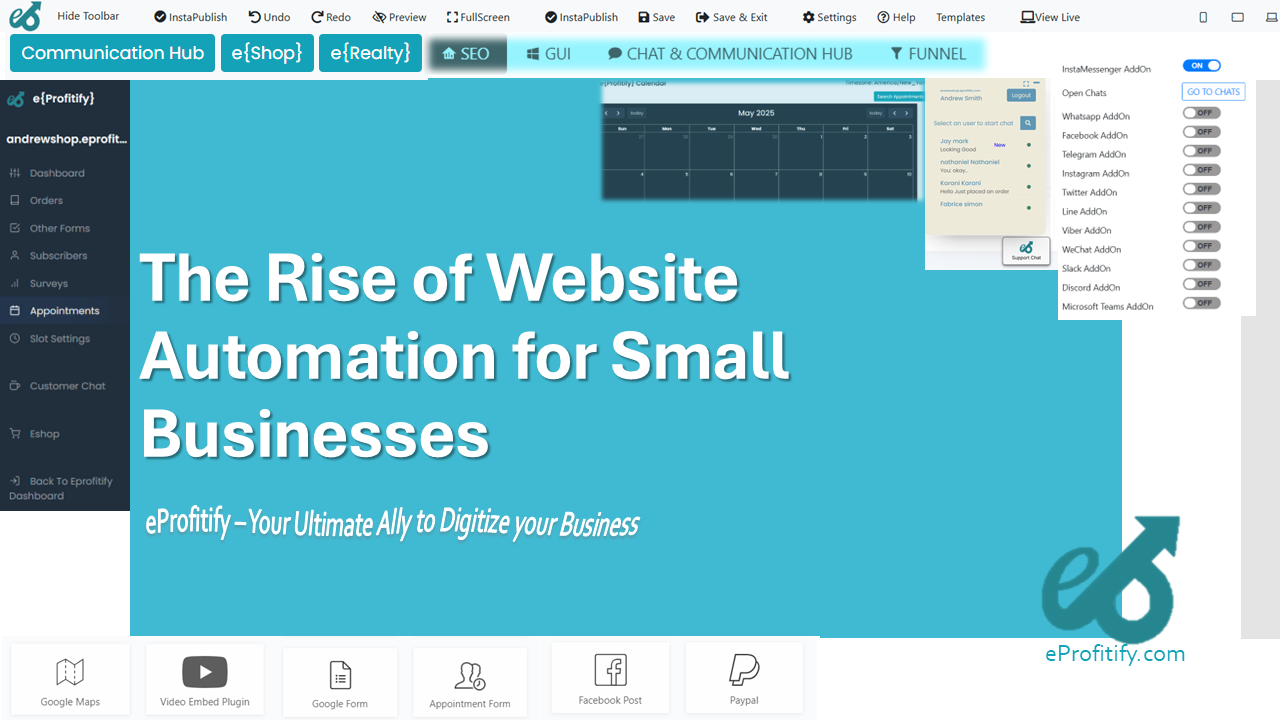Integrating Reservation Systems into Your Restaurant Website
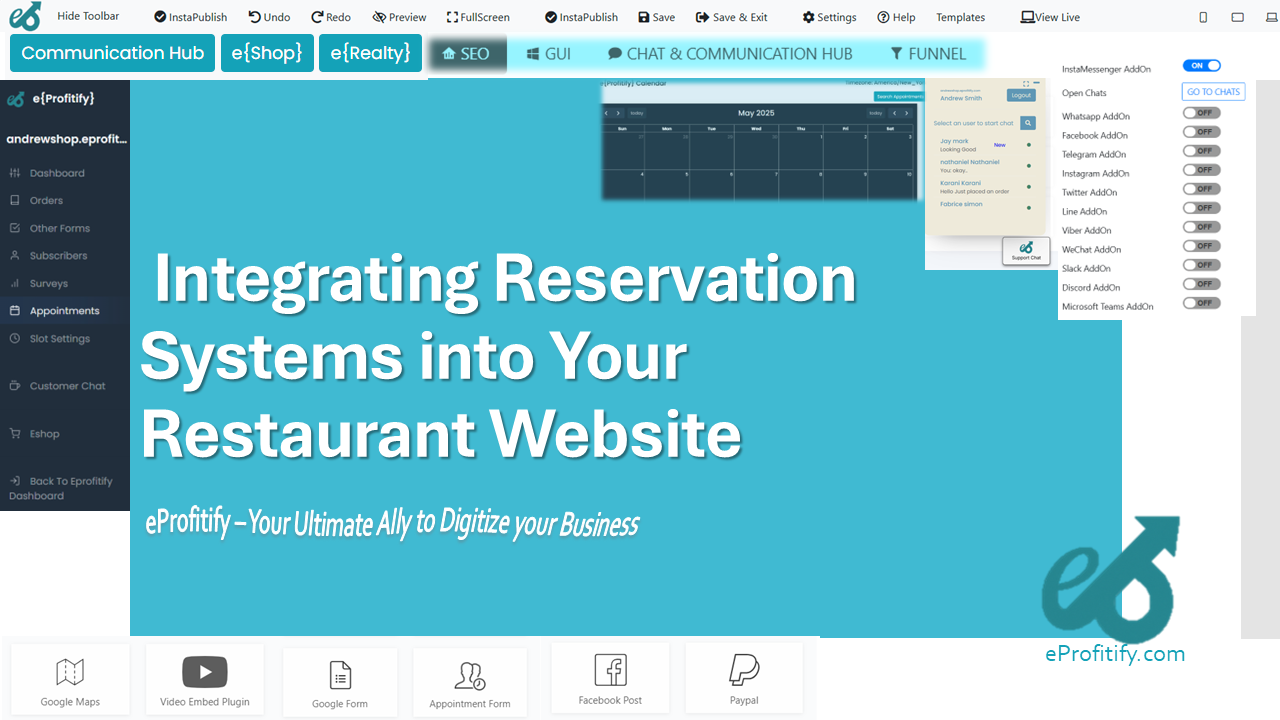
Integrating Reservation Systems into Your Restaurant Website: A Strategic Guide
The restaurant industry is fiercely competitive, with customer experience and operational efficiency being pivotal to success. As dining preferences evolve, 72% of consumers now expect restaurants to offer online reservation options, according to the National Restaurant Association. Integrating a reservation system into your website is no longer a luxury—it’s a necessity. This guide explores the benefits, implementation strategies, and the role of tools like eProfitify in streamlining this transformation.
The Digital Shift: Why Online Reservations Matter
Traditional phone-based booking systems are becoming obsolete. A 2023 Statista report reveals that 60% of diners prefer reserving tables via a restaurant’s website or app, citing convenience and 24/7 accessibility. This shift is driven by the rise of mobile technology—over 65% of website traffic for restaurants comes from mobile devices, underscoring the need for mobile-optimized reservation systems.
Benefits of Integrating a Reservation System
-
Enhanced Customer Experience
Online reservations cater to the modern diner’s demand for immediacy. A seamless booking process can reduce no-show rates by up to 30% through automated reminders, as per Toast’s 2022 Restaurant Success Report. Additionally, integrated systems allow customers to specify preferences (e.g., dietary needs), personalizing their experience before arrival. -
Operational Efficiency
Automating reservations frees staff from phone management, allowing focus on in-house service. Real-time table management syncs with floor plans, optimizing seating turnover. For instance, Union Square Hospitality Group reported a 20% increase in table turnover after adopting digital systems. -
Data-Driven Insights
Reservation platforms collect valuable data—peak hours, customer demographics, and popular menu items. This enables targeted marketing; for example, sending personalized offers to frequent patrons, which can boost retention by 15–25% (McKinsey). -
Revenue Growth
Systems with waitlist management and prepayment options maximize capacity. Eateries using prepaid reservations, like NYC’s Michelin-starred establishments, have seen a 40% drop in no-shows and a 12% revenue uplift.
Key Features of an Effective Reservation System
- Mobile Optimization: Ensure compatibility across devices; 58% of users abandon bookings if sites aren’t mobile-friendly (Google).
- Real-Time Syncing: Prevent overbooking with live updates.
- CRM Integration: Track customer behavior and preferences to tailor marketing.
- Payment Integration: Enable deposits or prepayments to secure bookings.
- Analytics: Monitor trends to refine operations and menus.
Steps to Integrate a Reservation System
-
Choose the Right Platform
Prioritize user-friendly tools with CRM and analytics. eProfitify stands out here, offering a suite of features like instant messaging and appointment management. -
Design for User Experience
Embed the reservation widget prominently on your homepage. Ensure minimal steps—each additional click can lead to a 10% abandonment rate (Baymard Institute). -
Promote the Feature
Leverage social media, email campaigns, and on-site signage. Highlight convenience in marketing materials. -
Train Staff and Test
Educate teams on system use and conduct trials to iron out issues.
Challenges and Solutions
- Integration Complexity: Partner with platforms like eProfitify, which offer plug-and-play solutions compatible with major CMS.
- Resistance to Change: Demonstrate time savings to staff using case studies, such as a 25% reduction in administrative tasks reported by eProfitify clients.
- Cost Concerns: Opt for scalable solutions. eProfitify’s tiered pricing suits budgets from small bistros to chains.
eProfitify: A Comprehensive Solution
As a leader in website management, eProfitify excels in integrating reservation systems with broader business tools:
- Instant Messaging: Resolve customer queries in real time, improving engagement. Restaurants using this feature report a 35% faster response rate.
- Appointment Management: Sync reservations with staff schedules and inventory, reducing overstaffing by 20%.
- Ecommerce Integration: Sell gift cards or merchandise alongside bookings, driving ancillary revenue.
- CRM Tools: Track customer histories to personalize offers, boosting repeat visits by 30%.
- Analytics Dashboard: Monitor key metrics like peak times and customer retention.
A case study highlights a Los Angeles bistro that adopted eProfitify and saw a 50% rise in online bookings and a 22% revenue increase within six months, thanks to targeted promotions and reduced no-shows.
Conclusion
Integrating a reservation system is a strategic move that enhances customer satisfaction, streamlines operations, and drives revenue. With platforms like eProfitify offering all-in-one solutions—from CRM to ecommerce—restaurants can effortlessly adopt digital tools that future-proof their business. In an era where 80% of diners research online before visiting, investing in a robust reservation system isn’t just wise; it’s essential for staying competitive. Embrace the digital shift with eProfitify, and turn every click into a seat at your table.
